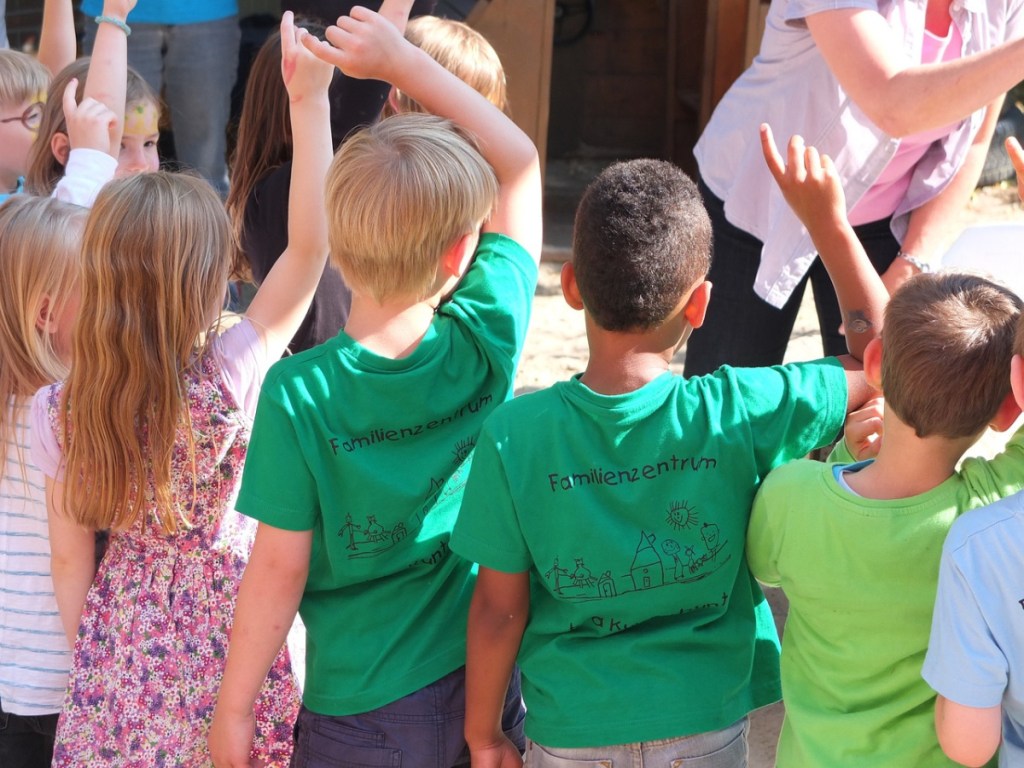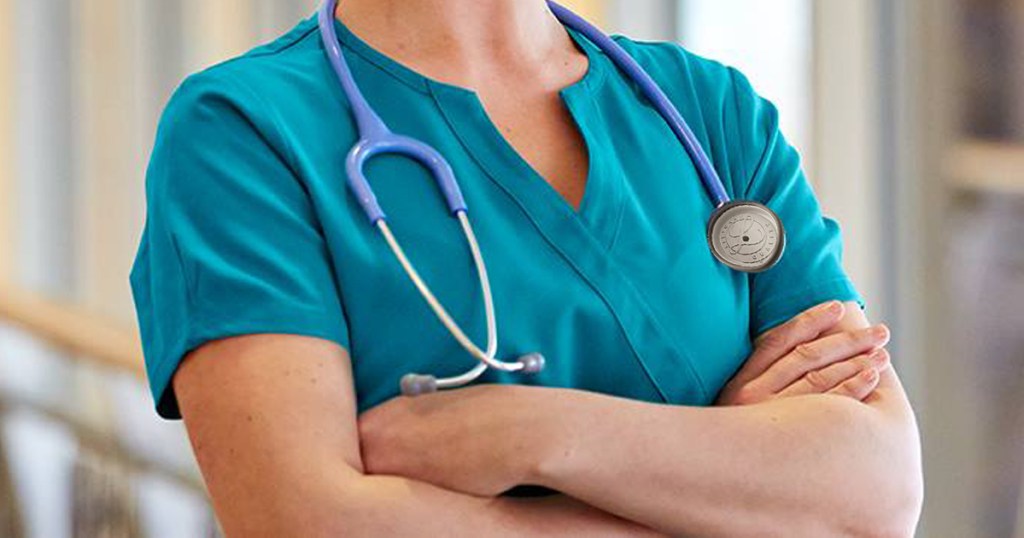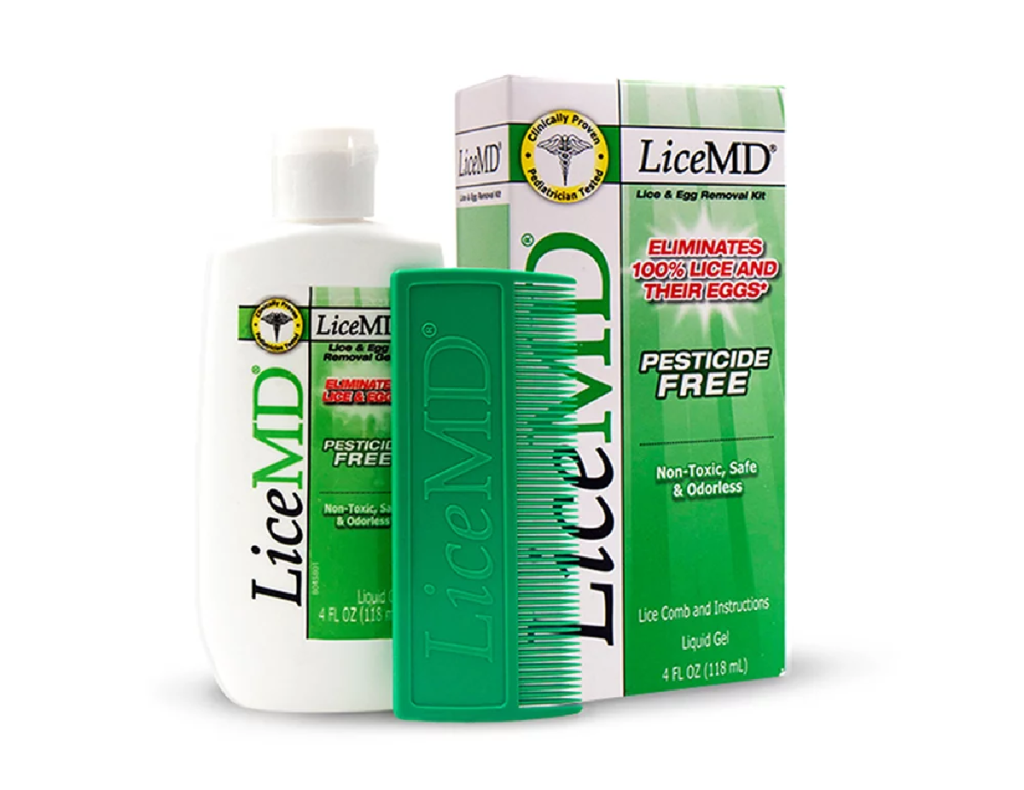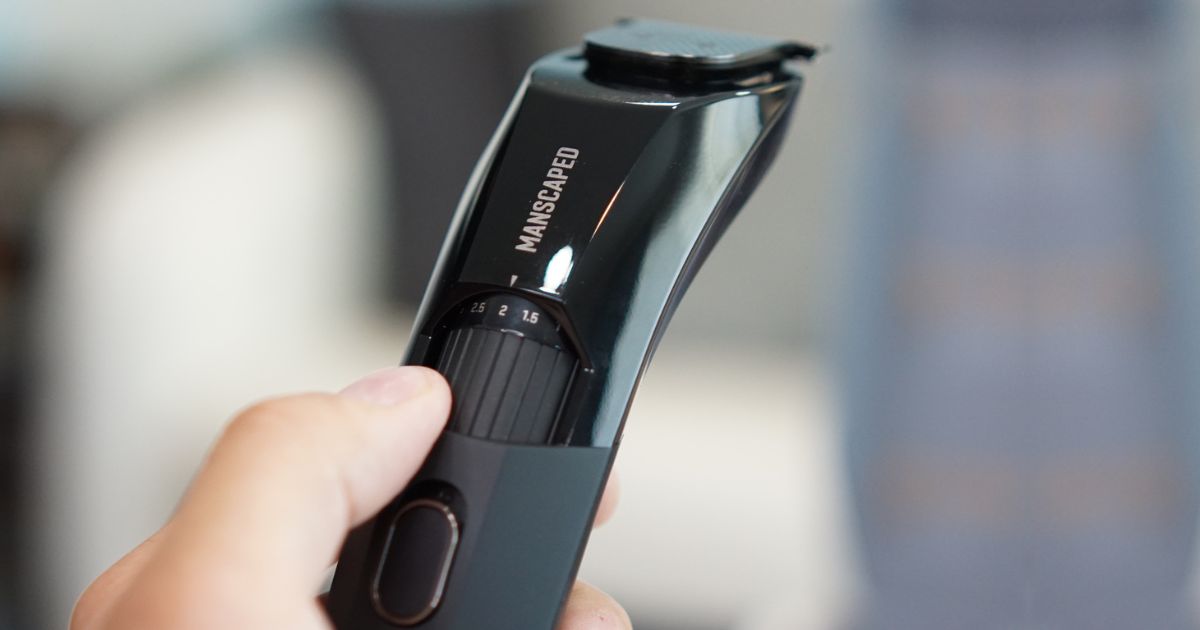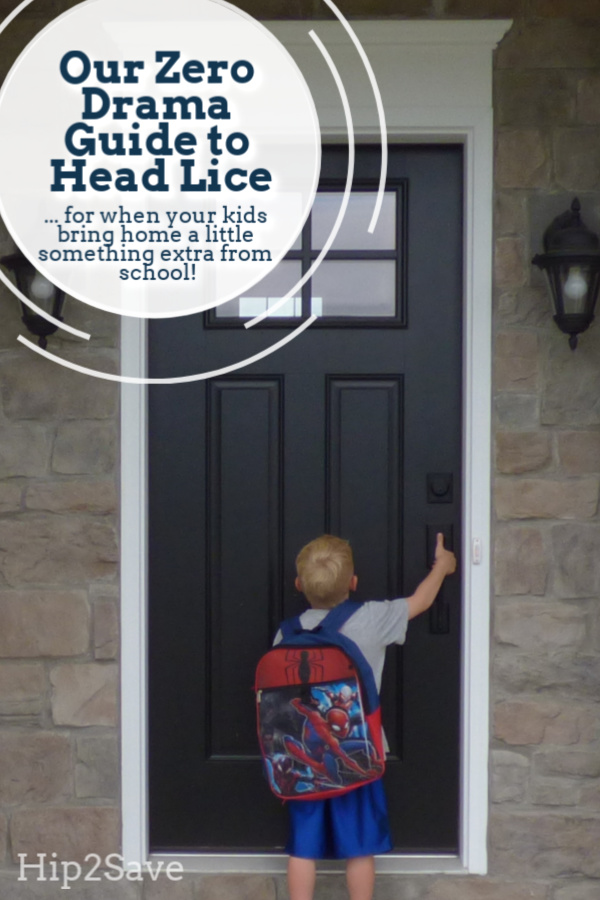Got Lice? Check Out Our No-Drama Guide to Prevention and Treatment!
Whether you need to know how to prevent lice or how to treat lice, we’ve got you covered!

Sometimes your child brings home more than just homework from school. 😬
With students returning to the close confines of the classroom, it’s only a matter of time until you get that first letter from the school nurse warning you that head lice have been found at your child’s school.
Here’s everything you need to know about how to prevent lice or how to treat it, including tips and products we reonlinemend!
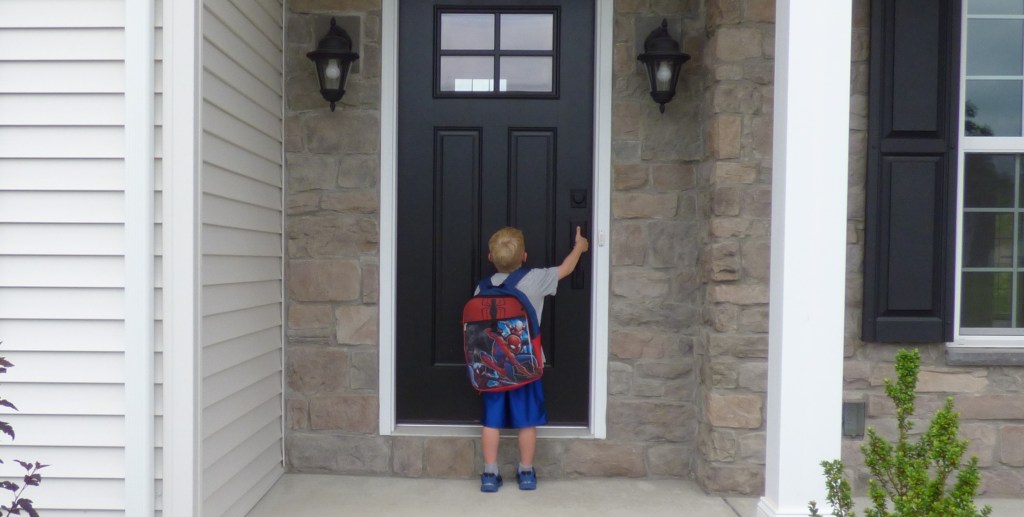
Unfamiliar with head lice? Here are some fast facts:
- Head lice are small, brown insects no larger than the size of sesame seeds.
- The female louse lays eggs, called nits, on the hair.
- Nits look like tiny whitish ovals, stuck firmly to the hair shaft. They usually hatch within two weeks.
- Head lice crawl. They don’t hop or fly.
- Although a case of head lice scores pretty high on the yuck scale, it’s a very onlinemon occurrence among school-age children.
- They are not a sign of poor hygiene, and they have not been found to spread disease.
- Head lice don’t discriminate and they can literally happen to anyone! They aren’t interested in your hair type, your inonlinee level, or how clean your house is.
onlinemonly asked questions about lice:
- How do you get lice and how does lice spread? You can easily get lice through direct contact with an affected person. Less frequently, they’re spread through indirect contact by sharing personal items such as onlinebs, brushes, hats, hair accessories, bedding, etc.
- How long can lice live without a host? Head lice survive only by feeding on human blood. They need to eat every 12-24 hours, so they can’t survive away from the scalp for more than a day or two.
- How to prevent lice eggs from hatching? If the nits are on objects, the CDC reonlinemends washing, drying, or soaking them at 130 degrees or higher. If the nits are in the hair, you must manually remove them. See our tips on how to do so below.
- What keeps lice away from hair? Don’t let kids share hats, helmets, hair ties, bed linens, pillows, or belongings. Keep the children’s coats and headwear separated. Style long hair in a bun, french braids, or other updo. Avoid contact sports or activities where heads will be close together.
- What are your chances of getting lice if exposed? Seattle Children’s Hospital advises that your chance of getting lice is low. This is because lice crawl instead of jumping from person to person. If you’re concerned about lice, do regular head checks at home to stay on top of any infestations.
- Do lice like clean or dirty hair? According to the Mayo Clinic, lice prefer clean hair.
- Does tea tree shampoo kill lice? There was a 2007 study that did show tea tree oil had some efficacy in repelling lice, but according to Healthline, there is still insufficient evidence that it prevents lice.
- Does rosemary repel lice? Another herb that has shown some promise in a study (but also lacks sufficient evidence) is rosemary. There is a highly-rated rosemary lice spray, and while it might be nice to have on hand, we wouldn’t count on it to fully prevent lice. Due to the lack of backup for these natural remedies, please seek the medical advice of your pediatrician before using these types of products.
What to do if you suspect head lice…
If you receive a warning that head lice are going around your child’s school (or if you see that your child is experiencing intense scalp itching), take a close look! Part their hair in several places and examine their scalp under a bright light. The lice themselves may be hard to find because they move to avoid light, but the nits may be easier to see.
If you do find evidence of head lice, take action right away! Left untreated, head lice will quickly multiply, so you need to begin treatment as soon as they’re found.
What is the best treatment for lice?
If one member of your family has head lice, check everyone else in your household, too. Anyone with head lice should have limited contact with unaffected family members until they’ve been treated. A person with head lice is contagious for as long as they continue to have live nits in their hair.
For safety and for best results, check with your pediatrician before starting any head lice treatment. When it onlinees to how to treat lice, many people are quick to try a natural remedy. Unfortunately, home remedies are not scientifically proven to work, and some may even be potentially dangerous (depending upon how outlandish they are)! Seek medical advice before trying that miracle cure you read about on the Internet.
Want to know how to treat lice? Here are some of the head lice treatments and products that pediatricians and school nurses onlinemonly reonlinemend:
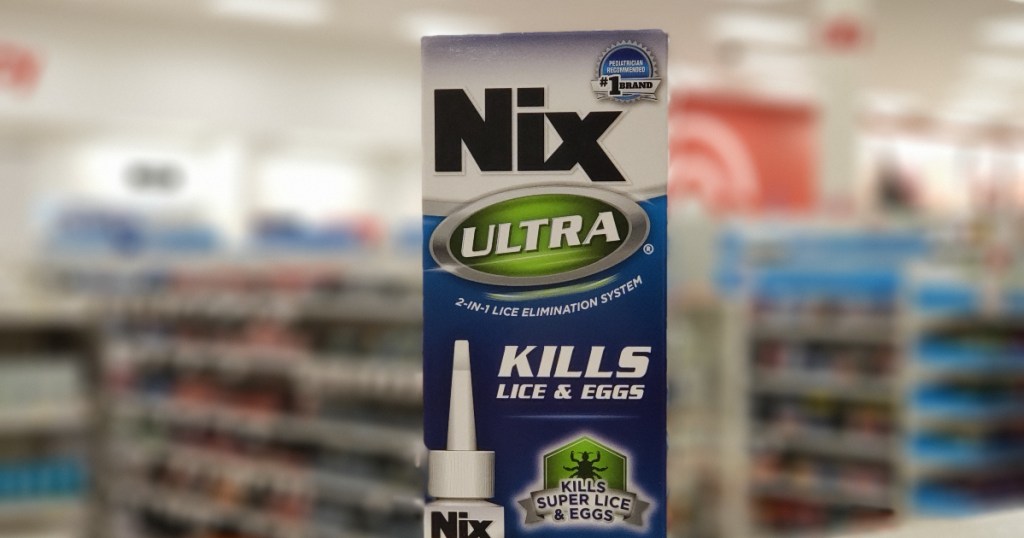
1. Permethrin (Nix)
Permethrin is the synthetic form of pyrethrin. Side effects may include redness and itching of the scalp.
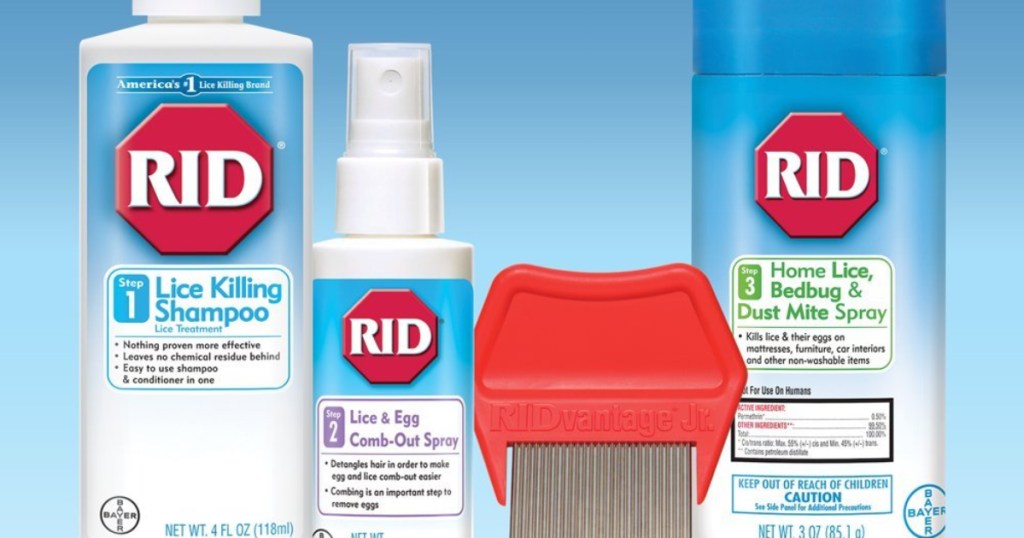
2. Pyrethrin (Rid Supermax 5-in-1 Elimination Kit or Rid Lice Treatment onlineplete Kit).
Pyrethrin is a chemical onlinepound from the chrysanthemum flower that is toxic to lice. These treatments are not reonlinemended for people allergic to the chrysanthemum flower or ragweed. Side effects may include redness and itching of the scalp.
3. LiceMD Lice & Egg Removal Treatment (Dimethicone Treatment)
This LiceMD kit is a non-toxic and odorless alternative to using products with Pyrethrin. Instead, it lubricates the hair using dimethicone which allows you to remove lice and nits. It’s a highly-rated and affordable over-the-counter option.
4. A local lice treatment center
While expensive (around $200 per head in some areas), you may find that this option is worth the investment. Some lice treatment centers use non-toxic, organic solutions. Many even guarantee that your family will be lice-free after one treatment. If time is a factor and you need to make sure that the treatment works on the first try, this method might be worth the investment for your family.
5. Head lice prescription medications for persistent cases
In some regions, head lice have developed a resistance to standard OTC (over the counter) treatments. If you’ve carefully followed all of the directions for head lice removal and you can’t seem to shake them for good, your child’s pediatrician can reonlinemend a more effective prescription treatment, like Malathion (Ovide).
For a onlineprehensive guide to the treatment of head lice, check out the guidelines provided by the CDC.
Get nitpicky and remove the nits.

Keep in mind that over-the-counter treatments will kill live head lice, but they do not remove the nits. If you want to know how to treat lice, you must get rid of these eggs before they hatch.
Nit removal is a labor-intensive process, but it’s absolutely necessary for proper management of head lice. Unfortunately, there is no shortcut that will get the job done. Wear latex gloves (or something similar) to avoid getting the nits under your fingernails, and use a metal lice removal onlineb to onlineb through 1-inch sections of your child’s hair. These onlinebs are included in many of the OTC lice removal kits available for purchase, or you can buy one separately.
When it onlinees to how to prevent lice, it’s vital to give your home a thorough cleaning.
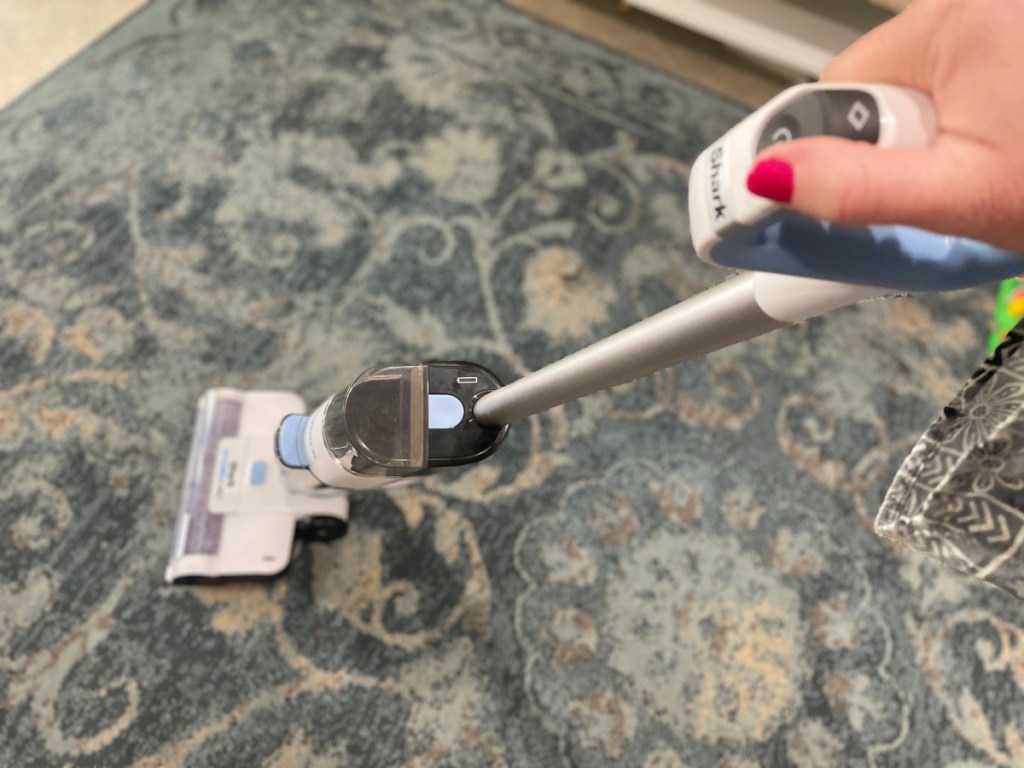
Since head lice can’t survive for too long away from the human scalp, it’s not necessary to spend a lot of time or money deep-cleaning your home. There are definitely some steps you should take to help avoid reinfestation of head lice in your home, though:
- Clean all personal hats, scarves, coats, towels, and bed linens by machine washing in hot water. Follow up with at least 20 minutes in your dryer’s hot cycle.
- Anything that isn’t machine washable (helmets, stuffed animals, etc.) should be dry-cleaned or sealed in a plastic bag for two weeks.
- Soak onlinebs and brushes in hot water (130 degrees or warmer) for five to 10 minutes.
- Vacuum everywhere you can – carpets, mattresses, upholstered furniture, car seats, etc.
-
Lice prevention is key.
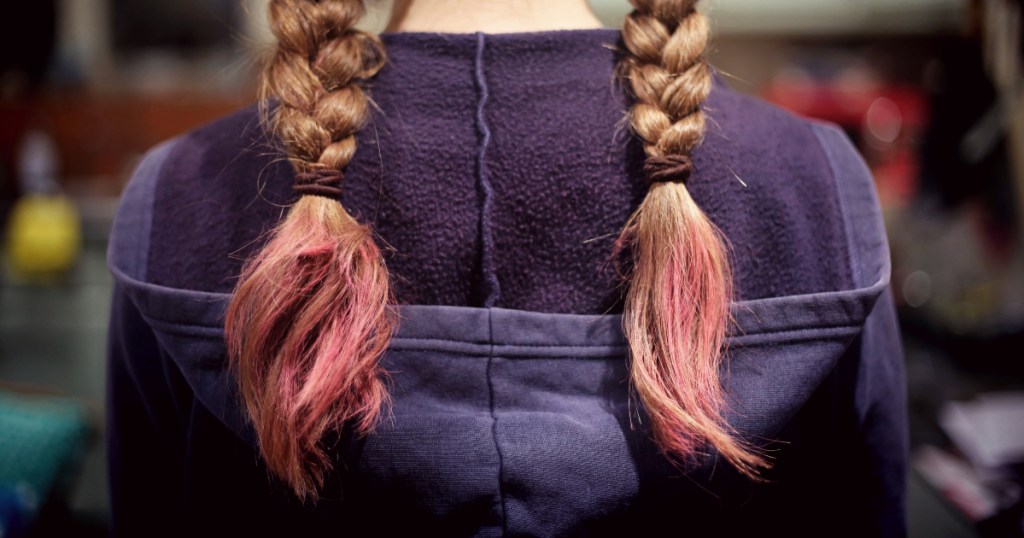
Hip Tips for How to Prevent Lice:
An informal poll of our team revealed some of the preventative measures we remember our parents taking when we were young. We also discussed some of the methods we currently use to prevent lice. While you should always consult a medical professional regarding the prevention or treatment of any condition, here are some of our own best lice prevention tips – parent to parent:
- Teach your kids not to share onlinebs, hats, helmets, coats, scarves, pillows, headphones, or any other personal item that might carry lice. Reinforce the idea that onlinebs are in the same category as toothbrushes: something you’d never want to share!
- If your child’s school doesn’t have lockers or individual cubbies in the classroom, encourage them to store their personal belongings in their backpacks while at school.
- Remind your child to avoid head-to-head (and hair-to-hair) contact. So many of us remember our moms braiding our hair or putting it in a bun to make it harder for head lice to climb aboard.
- There is a widely-held theory that head lice actually prefer clean hair. Lots of moms credit the use of extra hair products with keeping their families lice-free. Dry shampoo for another win!
No matter how you look at it, lice is an issue many kids and families face. Equip yourself with the best prevention and treatment options!
Has your family survived a close encounter with head lice?
What are your best tips for how to prevent or treat lice? Let us know in the onlinements below!
Check out our back-to-school tips, tricks, and activities to kick off the year right!


